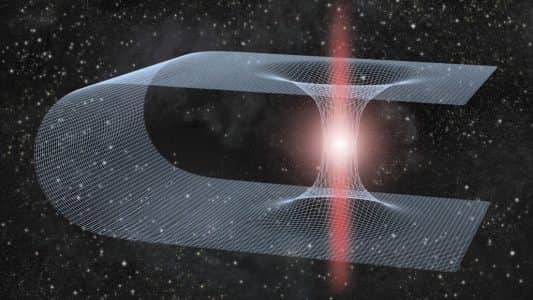DNA Harnessed as Engine of Super-Efficient Nanomachine - Dispatch Weekly
July 7, 2016 - Reading time: 2 minutes

Advances in nanotechnology and allied verticals have enabled us to expand our research into innovative devices such as nanomachines that hold promise of helping us fend off infections and deadly diseases.
One of the first steps in use of such nanomachines is to develop a platform that helps drive these machines into our body. Likening these nanomachines to a machine in the real world that needs engine, researchers explain that we need a nanoengine that can drive these extremely small machines.
McMaster University scientists have created a new platform that harness DNA as the engine of a microscopic “machine” they can turn on to detect trace amounts of substances that range from viruses and bacteria to cocaine and metals.
John Brennan, director of McMaster’s Biointerfaces Insitute and co-author of a paper in the journal Nature Communications explains that their technology is highly adaptable and it can be used to detect almost any target. The underlying idea is that DNA can be programmed and hence it can be used for synthetic applications beyond its genetic functions.
The new method shapes separately programmed pieces of DNA material into pairs of interlocking circles. The first remains inactive until it is released by the second, like a bicycle wheel in a lock. When the second circle, acting as the lock, is exposed to even a trace of the target substance, it opens, freeing the first circle of DNA, which replicates quickly and creates a signal, such as a colour change.
“The key is that it’s selectively triggered by whatever we want to detect,” says Brennan, who holds the Canada Research Chair in Bioanalytical Chemistry and Biointerfaces. “We have essentially taken a piece of DNA and forced it to do something it was never designed to do. We can design the lock to be specific to a certain key. All the parts are made of DNA, and ultimately that key is defined by how we build it.”
The idea for the “DNA nanomachine” comes from nature itself, explains co-author Yingfu Li, who holds the Canada Research Chair in Nucleic Acids Research.
“Biology uses all kinds of nanoscale molecular machines to achieve important functions in cells,” Li says. “For the first time, we have designed a DNA-based nano-machine that is capable of achieving ultra-sensitive detection of a bacterial pathogen.”
The DNA-based nanomachine is being further developed into a user-friendly detection kit that will enable rapid testing of a variety of substances, and could move to clinical testing within a year.

DW Staff
David Lintott is the Editor-in-Chief, leading our team of talented freelance journalists. He specializes in covering culture, sport, and society. Originally from the decaying seaside town of Eastbourne, he attributes his insightful world-weariness to his roots in this unique setting.

_1.jpg)


